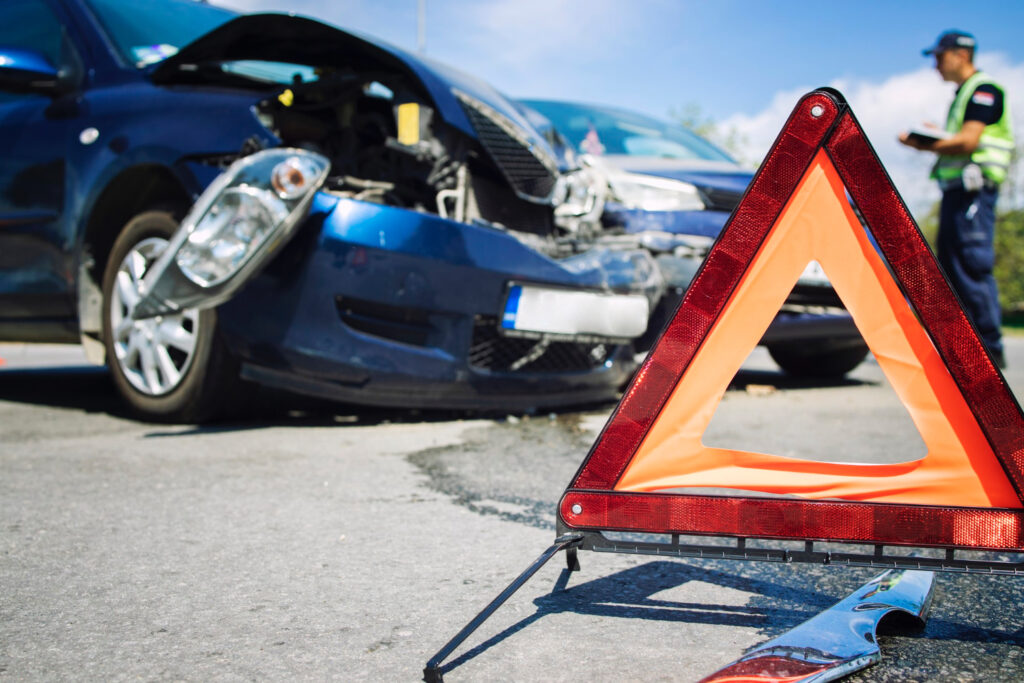
The world has experienced a sharp increase in road accidents resulting from distracted driving, poor weather, unroadworthy vehicles, bad roads, and other causes. Unfortunately, some accidents also happen due to motorists’ negligence. In such scenarios, you must understand subsequent steps, whether you’re the victim or driver at fault. Nonetheless, learning about the top negligence elements in these accidents is also wise. The information below covers four of these elements to help you better grasp this phenomenon.
Table of Contents
1. Duty to Exercise Reasonable Care
All road users, including motorists, pedestrians, and cyclists, have a duty of care towards others. When you file a car accident claim in Miami, you must establish that the driver at fault owed a duty to you. Fortunately, the establishment process is straightforward as long as you can prove that you, the victim, were in the vicinity during the accident.
Professional and reliable Miami car accident lawyers can help you build your case from this point on, because they understand what to look for in such cases. Nonetheless, you should note that the situation leading to a motor accident determines the reasonable care that drivers owe other road users.
2. Failure to Exercise Reasonable Care
Confirming the failure to meet the reasonable care duty is another negligence element you must satisfy when dealing with a car accident as a personal injury case. This element confirms that the actor didn’t exercise reasonable care while behind the wheel. Consulting this Cooper City personal injury lawyer can help you understand how to demonstrate that the driver at fault, even without intending harm, still carries liability for the accident.
Some instances when drivers fail to exercise reasonable care include texting while driving, poorly maintained vehicles, driving under the influence, and dozing off while driving. This recklessness defines failure to satisfy one’s reasonable care duty. Conversely, the authorities also consider whether the victim was negligent, contributing to the accident. The victim can lose their entire compensation and recovery if the court confirms that their negligence played a part in the accident.
3. Causation
At this point, there’s undeniable evidence that the actor’s negligence and recklessness were the leading causes of the accident. You must also understand that car accident victims can reduce or lose their recovery if their actions play a part in the occurrence. Fortunately, recovery is a guarantee as long as the court confirms that the actor is a close cause of the incident.
This element aims to establish the actual cause of the motor accident and confirm who is liable for what. This step is significant in helping the plaintiffs and victims receive the compensation they deserve for their injuries that resulted from someone else’s negligence. Nevertheless, car accident victims must present adequate proof that the actor played a role in their injuries. This is one of the areas where a lawyer’s professional services matter a lot.
4. The Actual Damages
Finally, victims and plaintiffs must show the actual damages from the accident caused by someone else’s negligence and failure to exercise reasonable care. This element is essential because it ensures the victims receive compensation for bodily injuries or property damages. Nevertheless, there’ll be no compensation if no injuries exist.
Lost income, vehicle destruction, medical expenses, and pain and suffering fall among the most common claims you can file and get paid. Motor insurance providers have developed several ways to convince you to accept a lower settlement. It’d be wise to hire an attorney with sturdy negotiation skills.
Car accidents result in loss of lives, severe injuries, and property damage. Victims must receive compensation for any of these results. The process is easier if plaintiffs confirm that the injuries and property damages resulted from another motorist’s negligence. This makes it essential to understand the above-explained negligence elements.